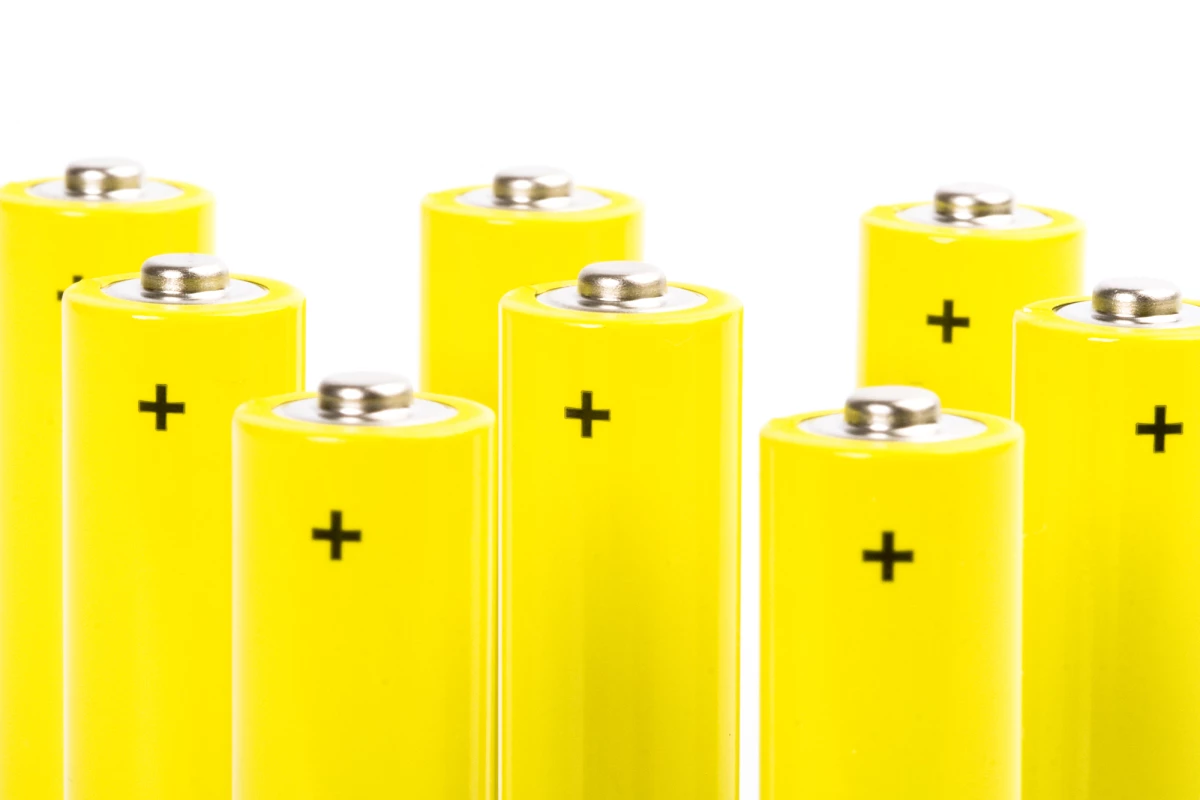Scientists at the University of Central Florida studying alternative lithium battery designs have come up with a modification to one they say could lead to great performance gains for these devices. The breakthrough centers on a new protective coating for one of the battery’s electrodes, which significantly slows degradation and could enable it to hold greater charges for longer periods of time.
In a lithium-ion battery, the anode, or negative electrode, produces electrons that travel to the positive electrode, or cathode, to generate electricity. Typically, the anode component is made from graphite but there are alternatives with great potential, including metallic tin which promises a high capacity and electrical conductivity.
As the battery charges, however, it leads to volume changes in the tin that cause it to swiftly deteriorate. University of Central Florida’s Professor Yang Yang has been exploring ways of improving battery performance, including addressing this problem of mechanical degradation in tin anodes of lithium-ion batteries, and believes he may have found a solution.
As part of his field of study, Yang and his team explore different variations of alloyed materials, each of which is “unique in composition, structure and property.” This led them to a thin film made of tin and copper that can be applied to the tin anode to keep it stable throughout the charging process, and stop it falling apart in a way that proves fatal to the battery.
“Our work has shown that the rate of degradation of the anode can be reduced by more than 1,000 percent by using a copper-tin film compared to a tin film that is often used,” says Yang.
The researchers say that the battery design is suited to compact environments such as in smartphones, but can also be scaled up for larger applications, such as powering electric cars or trucks. If this battery design could be made to work in these kinds of settings, it could make for phones that last far longer on each charge, or electric vehicles that can travel farther without needing to be plugged in.
The research was published in the journal Advanced Materials.
Source: University of Central Florida




